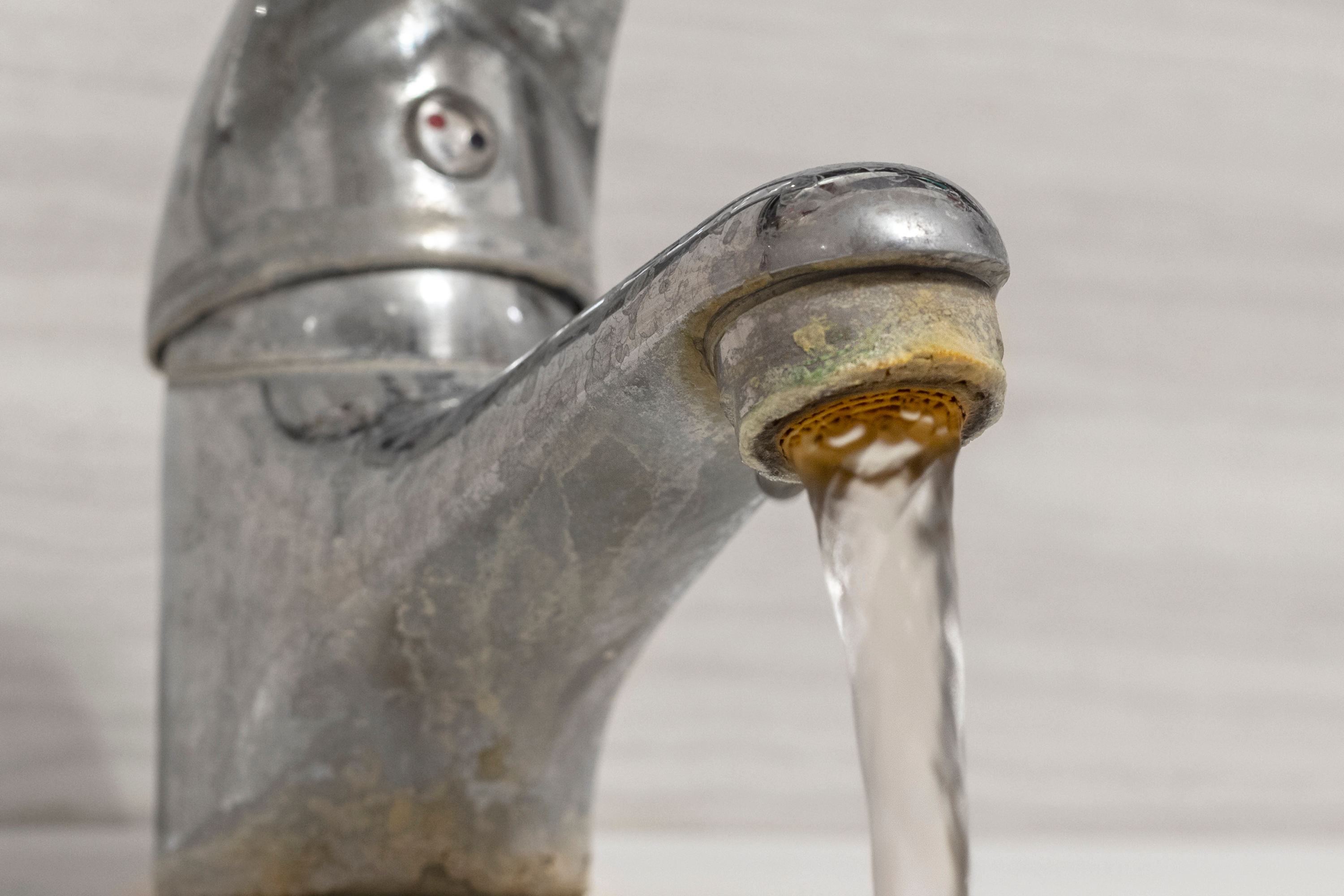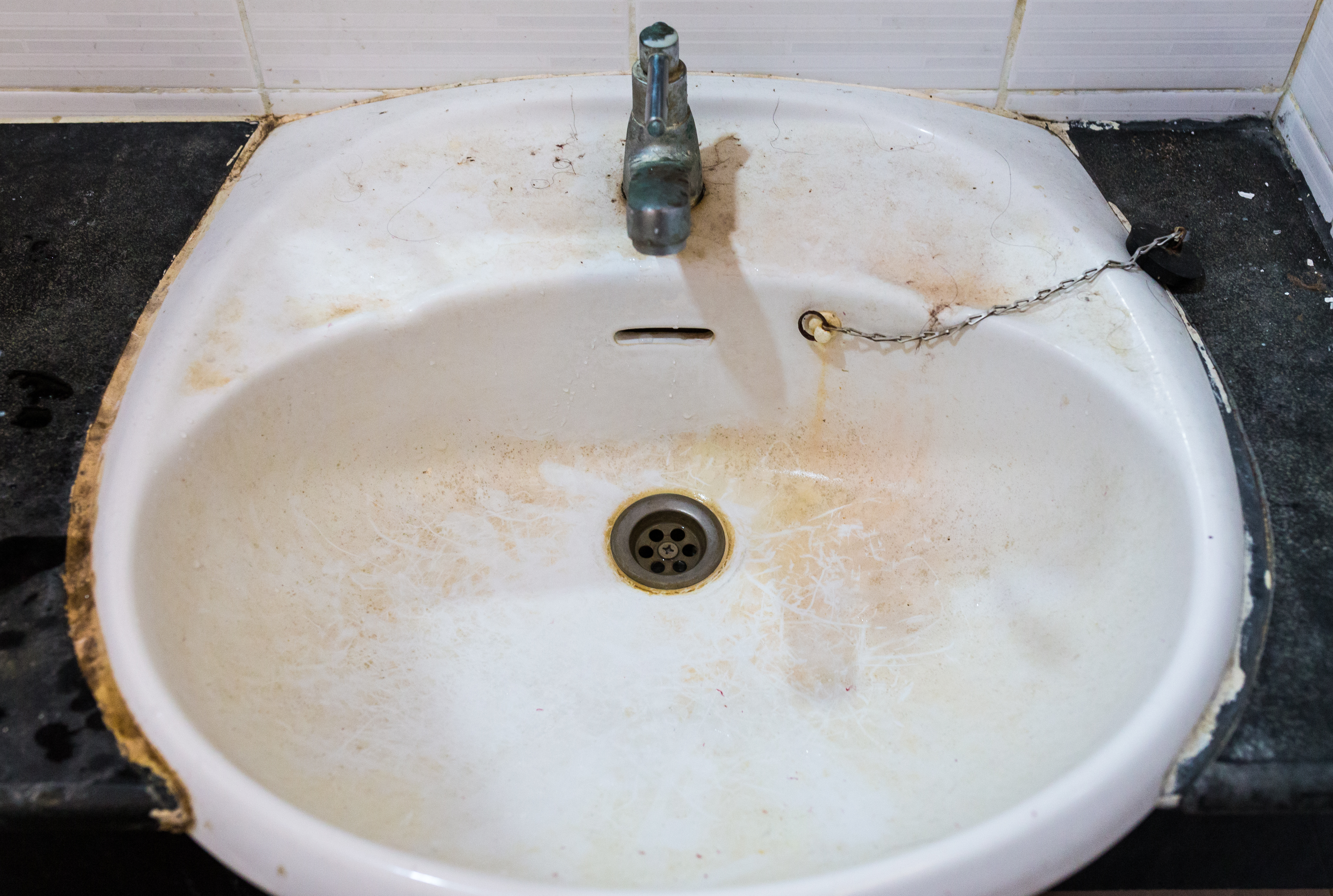What is water softener ?
A water softener is a device that removes minerals, such as calcium and magnesium, from hard water. Hard water is water that contains high levels of dissolved minerals, and it can cause problems such as scale buildup in pipes, reduced water flow, and dry skin and hair. Water softeners work by exchanging the hard minerals for sodium ions or potassium ions, which do not cause the same problems as hard minerals. The process is called ion exchange. Water softeners typically consist of a tank filled with resin beads that are coated with the sodium or potassium ions, and a control valve that directs water flow through the tank. When hard water flows through the tank, the hard minerals are attracted to the resin beads and stick to them, while the sodium or potassium ions are released into the water, making it soft. The resin beads eventually become saturated with hard minerals and need to be regenerated, which involves flushing them with a saltwater solution to restore their sodium or potassium coating.

There are several issues associated with hard water. Here are a few examples:
- Scale buildup: Hard water contains minerals such as calcium and magnesium that can accumulate on the inside of pipes, water heaters, and appliances. This buildup can reduce water flow and make appliances less efficient.
- Soap scum: Hard water can make it difficult to create suds, and can cause soap scum to form on surfaces such as shower doors, bathtubs, and sinks.
- Dry skin and hair: Hard water can make it harder to rinse soap and shampoo from your skin and hair, which can leave a residue that causes dryness and irritation.
- Stains on clothing: Hard water can cause stains and discoloration on clothing, particularly on white or light-colored fabrics.
- Shortened appliance lifespan: Appliances that use hard water, such as washing machines and dishwashers, can experience a shortened lifespan due to the buildup of minerals.
- Increased energy costs: Appliances that use hard water may require more energy to operate due to the buildup of minerals, which can make them less efficient.
- Unpleasant taste: Some people find that hard water has a metallic or unpleasant taste, which can make it less enjoyable to drink.


These treatment methods are all common approaches used to improve the quality of water. Here's a brief explanation of each method:
- Sediment removal: This involves using filters or other methods to remove larger particles such as sand, silt, and debris from water. This is often the first step in water treatment.
- Hardness removal (softening): This method involves using a water softener, which uses ion exchange to remove minerals such as calcium and magnesium from water. This can help to reduce issues such as scale buildup, dry skin and hair, and staining.
- Iron, Sulphur, and Manganese Removal: This method involves using specialized filters or other techniques to remove minerals such as iron, sulfur, and manganese from water. These minerals can cause staining, odor, and taste issues in water.
- pH adjustment: This method involves adjusting the pH of water to ensure that it falls within a safe and desirable range. This can be done using chemicals or other methods, and can help to prevent corrosion, reduce taste and odor issues, and improve overall water quality.
- Chlorine/Chloramine removal: This method involves using specialized filters or other techniques to remove chlorine or chloramine from water. These chemicals are often used to disinfect water, but can cause taste and odor issues if present in high concentrations.
- Overall, these treatment methods can help to improve the quality of water by removing impurities, adjusting pH levels, and ensuring that it is safe to drink.

